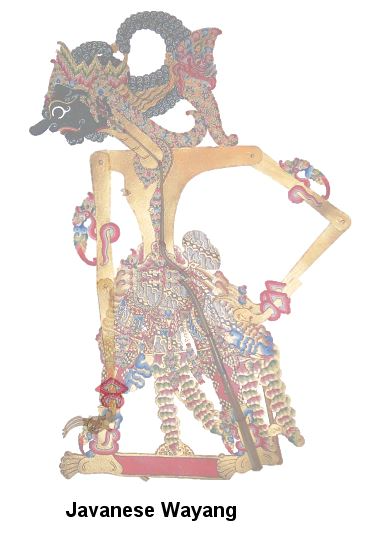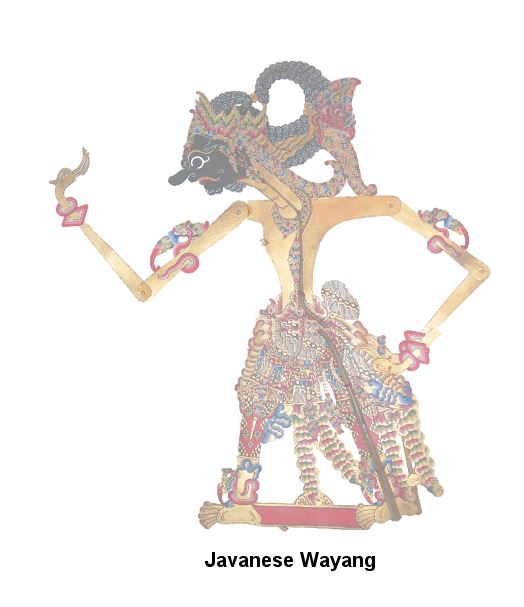Indonesian Local Cultural Context-Javanese Wayang
CURRICULUM STANDARDS
MATHEMATICS
- Using concepts of angle and measure angles.
- Using concepts of the circle.
- Using concepts of geometry transformation.
SCIENCE
- Understanding motion and forces.
- Identifying aspects of a prototype that can be improved.
TECHNOLOGY
- Developing an understanding of the connections between technologies and other fields.
ENGINEERING
- Developing understanding of engineering design process in designing a wayang arm.
LESSON OBJECTIVES
Students are able to:
- discover relationships between the length and the angle of a Javanese wayang arm.
- identify the important component of a Javanese wayang arm mathematically.
- collaborate with their peers in designing a Javanese wayang arm.
- design, build, test, evaluate, and modify designs based on how well they meet performance criteria and constraints.
TIME ALLOCATION
3 x 40 minutes
GUIDING QUESTIONS
In this activity you are going to explore, design, collaborate with your friends to discuss the Javanese wayang Arm Projects.
Think about the following questions.
Who has heard of Javanese wayang?
What do they consist of?
What is the Javanese wayang arm used for?
How can we use our knowledge of science and mathematics, technology, and engineering design process to design Javanese wayang arms that meet performance criteria and constraints?
INTRODUCTION
Javanese Wayang
DESCRIPTION
The following pictures are examples of Javanese wayang arms. Observe the interesting parts of the Javanese wayang arms.

GET READY AHEAD
Javanese wayang is inspired by human arms. Look at your arms which are covered in skin. Look at your arms once again, which parts of your arms allow the movement happened?
If your answers are muscles and bones, so you are correct.
The first activity below is related to human arms. Try to design a human arm then think about the design mathematically.
Sketch a human arm in the following applet. Use the pen and label each part of it and the measurement.
Let say, you are going to design an arm using mathematics. What component do you need to draw? Hint: Geometric shapes
You have three points. You are asked to create the design of a wayang arm with mathematics below. Work in the following applet.
CHALLENGES 1
In these activities, we challenge you to investigate the work of arms mathematically and design an arm that you can use to touch something.
Let's say ABC is the arm. The following is the simulation of arms.
S1. Manipulate angle a (red slider) and b (blue slider) to make the simulation of arm below to touch the inside area of circle.
S2. Manipulate angle a (red slider) and b (blue slider) to make the simulation of an arm below to touch the inside area of circle.
What makes the above two simulations different?
What are the components of the arms uniquely affect its performance criteria? In this case, the performance criteria is touching the ball.
CHALLENGE 2: The movement of the Javanese wayang arm.
Manipulate the following simulation then try to identify how will you connect the components of Javanese wayang arms so they pivot efficiently?
Use the above simulation to help you make the following position. Then, answer the questions.

Define Angle AHG and Angle HGN to create the above position.
What is the type of angle AHG and HGN that can produce the position?
Use the above simulation to help you make the following position. Then, answer the questions.
